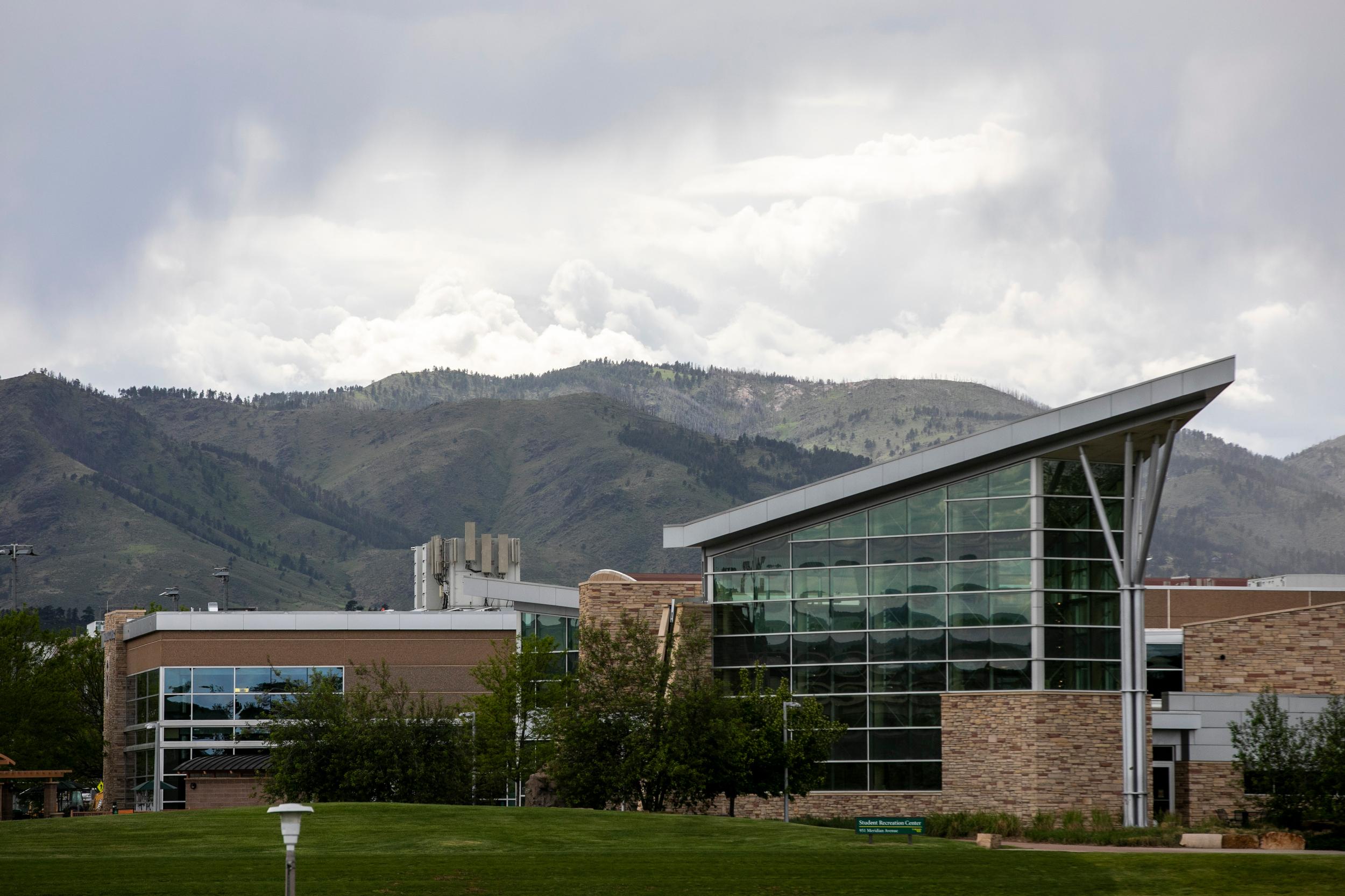
Smoke from wildfires burning in Oregon, Washington and Canada is blowing into Colorado and is expected to keep the skies hazy for a few days, federal meteorologists and public health officials said.
The out-of-state smoke prompted the Colorado Department of Public Health and Environment to issue an air quality advisory for Tuesday afternoon and Wednesday for sensitive groups in El Paso, Fremont, Pueblo and Teller counties.
The wildfire smoke’s effects will also likely be magnified as ozone pollution accumulates later in the afternoon Tuesday, which triggered the agency to issue a separate air quality advisory over the same time period for a much larger region that covers more than a third of Colorado’s counties.
Where to find useful wildfire smoke information:
Monitor Air Quality Conditions
- The Monitoring Sites web page maintained by the Colorado Department of Public Health and Environment has the latest official data recorded on air sensors across the state.
- The EPA posts up-to-date air quality warnings at AirNow.gov, which can also be downloaded as a phone application. The resource also offers air quality forecasts to help people plan their day.
- Most smartphones have weather apps that also include data from these monitors that are tuned to your location.
- There are also third-party apps and sites, such as Plume and IQAir, which use a combination of government air quality monitors and data from a network of smaller personal air sensors. The info from these companies — some of which sell air filters and similar products — can be helpful and often generate eye-popping world rankings of poor air quality, but some researchers say the data can be misleading.
- Sign up for air quality email alerts from the Colorado Department of Public Health and Environment to be notified when smoke, ozone or other air quality advisories are issued or updated.
Smoke source
- The smoke plume map on the U.S. Environmental Protection Agency’s AirNow website can be helpful in tracing the source of wildfire smoke, especially if it’s coming from out of state.
- The Colorado Smoke Blog maintained by the Colorado Department of Public Health and Environment’s Air Pollution Control Division also includes details on the source of smoke and is often more reliable when the source is an in-state wildfire or prescribed burn.
- The National Weather Service field offices in Boulder, Grand Junction and Pueblo also routinely share information about smoke sources and weather patterns that could lead to more smoke.
How to protect yourself from wildfire smoke:
- Avoid Outdoor Exercise. The harder you work out, the more air you breathe in. If the smoke has harmed outdoor air quality, try to find ways to work out indoors.
- Stay Indoors. A well-sealed home can often offer the best protection from smoke hazards. Keep windows closed and, if possible, run an air conditioner. Most units have filters that can reduce levels of smoke inside. Scott Landes, Colorado’s air quality forecaster, also recommends setting up a “safe room” with a HEPA filter in a home, where you know the air is safe to breathe.
- Wear An N95 Mask. While they are in short supply due to the pandemic, a very well-fitted N95, P95, or K95 mask or respirator can block the tiny, dangerous particles in wildfire smoke. But health experts warn it can be uncomfortable to properly wear a mask for long periods of time. Cloth masks and medical masks are not recommended. While those masks are good at stopping germs from exiting someone’s nose and mouth, they don’t stop smoke particles from entering.
- Recirculate The Air In Your Car. If you have to drive in smoky conditions, roll up the windows and set the vents to “recirculate.” Studies have found the step can help protect you from air pollution that can often come with traffic. It can also likely protect your lungs from wildfire smoke, according to Ana Rappold with the EPA.









